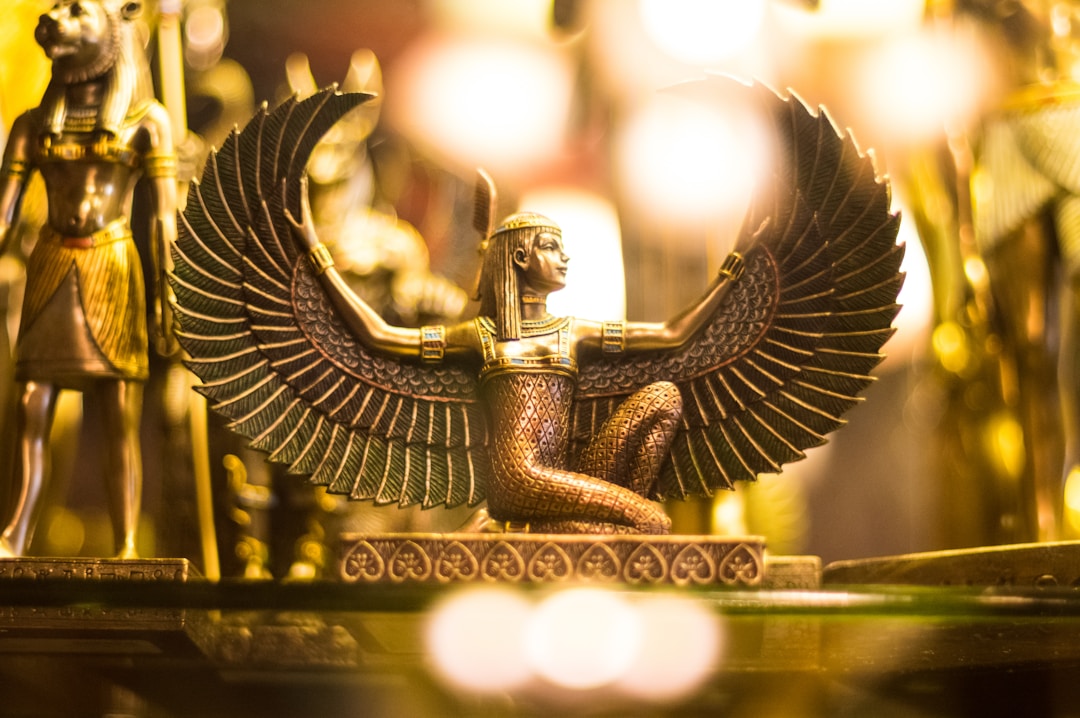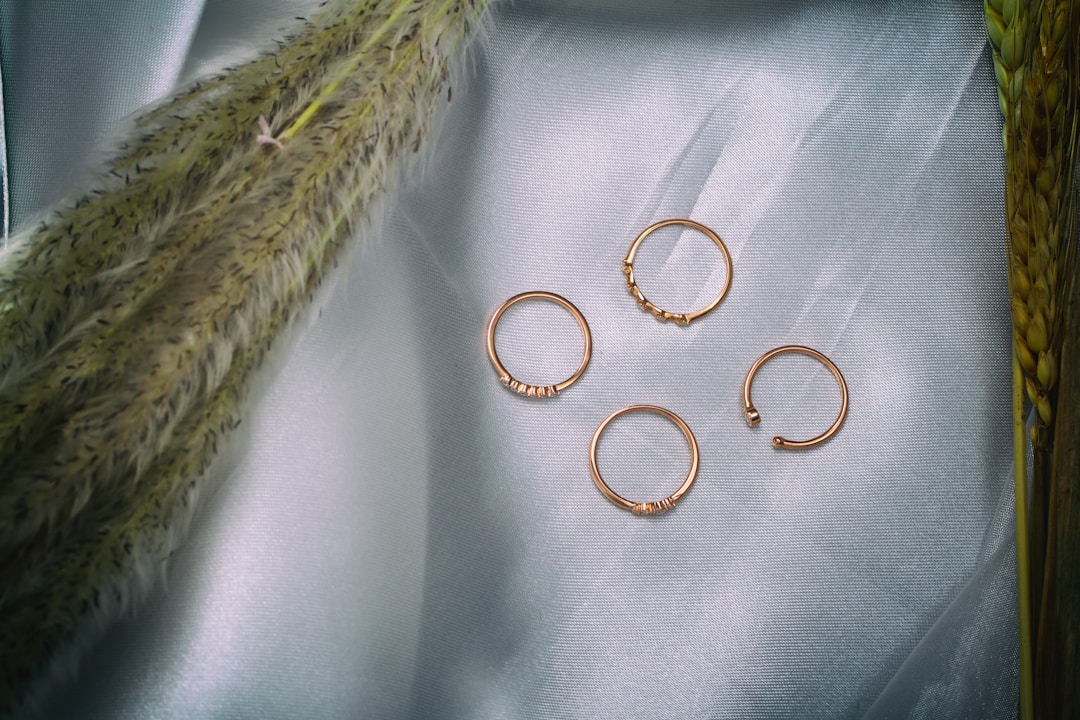Since prehistoric times, human beings have sought ways to adorn themselves with various items to either express their status, personal style, or cultural identity. Reflecting upon history’s broad sweep, we can discern ebbs and flows in jewelry styles. Each epoch has its distinct aesthetic, reflecting the values, beliefs, and technological mastery of the day. This piece takes a deep dive into the history of popular jewelry styles across various eras in world history. So, keep on reading to learn more about this fascinating subject.
The Dawn of Jewelry Making: From Prehistoric To Ancient Civilizations

Building on the simple designs of prehistoric peoples, early civilizations began developing sophisticated jewelry-making techniques and styles. This period saw accessories transition from practical adornment to art. Artifacts from Egypt, Mesopotamia, and the Indus Valley civilizations highlight an interest in ornate and symbolic designs demonstrating an understanding of metallurgy and gem cutting even at this early stage.
By studying these ancient civilizations, we can build a picture of their cultures, values, and beliefs. Jewelry was not just a decoration; it was used to display social status, religious beliefs, and even to make political statements. We can see the theatricality of Egyptian accessories in Cleopatra’s famous snake bracelet which was pulled from ancient symbolism and mythology. Simultaneously, in the Indus Valley civilization, there’s intricate beadwork and gemstone usage, showing a mastery of delicate techniques.
As civilizations continued to evolve, so did their accessory designs, marking a shift from simply practical adornment to a desire for visually pleasing but symbolic jewelry. This growth set the stage for the next phase: the Classical period in Mediterranean cultures, a golden age of design and innovation.
The Classical Period: Greek, Roman, and Byzantine Jewelry
The Classical period, spanning Greek, Roman, and Byzantine empires, brings us many of the accessory styles still beloved today. The Greeks began producing accessories that were eye-catching and also symbolically meaningful. Prominent themes included depictions of the gods, creatures from Greek mythology, and symbolic motifs, such as the Meander or “Greek Key.”
Following the Greeks’ steps, the Romans continued the trend of making aesthetically pleasing yet symbolic accessories. They held a particular fascination for gemstones, convinced they held magical or medicinal properties. It’s in the Roman era that we begin to see the use of rings as a symbol of power and authority. As a follow-up, Byzantine accessories marked an element of extravagance and opulence, with heavy use of gold and precious stones, reflecting the Empire’s prosperity.
The styles and techniques developed during the Classical period, like the employment of gemstones for their beauty and perceived powers, form the basis of the jewelry we know and love today.
The Middle Ages: The Power of Religion in Adornment
The Middle Ages were dominated by religious themes. Both men and women adorned themselves with necklaces and bracelets to display their devotion to their faith. Christianity played a significant role in influencing the design and style of accessories during this time with its intense focus on holy symbols.
During this period, accessories were more than just adornment; they bore symbolic significance. For instance, men wore signet rings that had personal or family insignia; these were used to seal documents, asserting authenticity and authority. Women, on the other hand, wore brooches that often depicted Christian narrative scenes or saints, symbolizing their piety.
The styles of the Middle Ages broke from the more realistic depictions of the Classical era, using more stylized and abstract designs. The emphasis was less on visual beauty and more on symbolism, a trend that would continue into the Renaissance era.
The Renaissance: Rebirth of Beauty and Realism

As the Renaissance brought about a rebirth of art and culture, accessory design also experienced an evolution. It became a symbol of status, not just piety as in the Middle Ages. Accessories were richly decorated with intricate designs, detailed engravings, and lavish gemstone settings. Motifs from nature such as flowers, insects, and leaves were popular, as well as portraits and mythological themes.
Despite the complexity, there was an emphasis on balance and symmetry. Pearls, being symmetrical by nature, rose to the height of fashion. The period also marked an explosion of gem-cutting and setting techniques that allowed for even more elaborate, sparkling designs.
The Renaissance era left an indelible mark on accessory design with its enduring emphasis on the blending of beauty and symbolism, the exploration of new techniques, and the birth of the concept of necklaces and bracelets as wearable art.
The Victorian Era: Symbolism and Sentimentality
The Victorian era, named after Queen Victoria of Britain, was characterized by its sentimentality and symbolism. Jewelers of this period used their crafting to encapsulate the changing societal norms and personal sentiments. With the discovery of vast diamond mines in South Africa, diamonds became accessible to the middle class.
As a result, diamond engagement rings began to gain cultural significance. Additionally, gemstones and their colors took on specific meanings. For instance, Ruby was associated with passion, Emerald with hope, and Sapphire with wisdom.
Lockets and brooches became popular as they allowed for personalization and held sentimental value. Hair was another popular material to personify love and remembrance. It was incorporated into lockets, brooches, and rings as a keepsake or a memorial.
Art Nouveau and Art Deco: Reflections of the Early 20th Century
The early 20th century saw a departure from tradition and an embrace of all things modern. The Art Nouveau movement was characterized by sensuous lines and natural motifs such as flowers, insects, and female forms. It was a reaction to the industrial revolution, aiming to reintegrate art into everyday life.
After the flamboyant Art Nouveau era, the 1920s brought the Art Deco period, a more geometric, streamlined style. It was a time of celebration following World War I, and the accessories reflected this exhilaration with a mix of bold colors, geometric shapes, and the use of affordable materials like glass and plastic.
The Art Nouveau and Art Deco periods had a profound impact on accessory design, showing that accessories could be more than just a symbol of wealth or status. It could also be a statement of personal style and a reflection of the times in which it was created.
Contemporary Jewel and Accessory Trends

The history of jewelry has seen many shifts in styles, from opulent and symbolic to simple and utilitarian. In our contemporary age, accessories continue to evolve, influenced by past eras but infusing modern themes and materials.
As sustainability becomes more of a focus, ethical brands are on the rise, using responsibly sourced materials. There’s also a strong trend towards personalized accessories, as individuals seek to express their unique identities and stories through their chosen adornments.
The advent of 3D printing technology has also brought a whole new world of possibilities to jewel design. From intricate geometric patterns to pieces that move, accessory designers now have the technology at hand to push the boundaries of what’s possible in ways that could not have been dreamed of even a few decades ago.
Overall, the journey of these accessories through history is a fascinating study that tells the story of our evolving societies, tastes, and technologies. No matter what era, accessories serve as a way to understand the inherent desire of humans to embellish themselves, marking their status, self-expression, and emotional states. As we continue to create and innovate, the rich history of accessories will only continue to expand and diversify, giving us new perspectives on adornment in the years to come.
